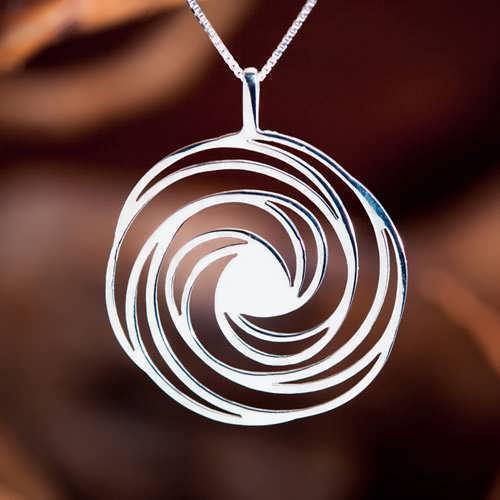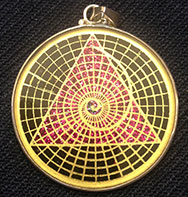

Primer: sunflower spirals on the unit disk

at but it just has a nice and pretty look as well as a guarantee about even spacing in the limit. So here’s a fast, non-random way to create a lattice that is approximately correct as discussed above, no lattice will be perfect, but this may be good enough.
#Define golden spiral how to
I would like to give you a complete understanding of it so that maybe you can understand how to keep this away from being “bunched up.” You said you couldn’t get the golden spiral method to work and that’s a shame because it’s really, really good. Even better if it can even distribute with a bit of randomization (think planets around a star, decently spread out, but with room for leeway). So, what I'm looking for is simple pseudocode to evenly distribute N points around a unit sphere, that either returns in spherical or Cartesian coordinates.

I apologize that this is such a silly question, but I wanted to show that I've truly looked hard and still come up short.
#Define golden spiral code
This blog post recommended had two ways allowing input of number of points on the sphere, but the Saff and Kuijlaars algorithm is exactly in psuedocode I could transcribe, and the code example I found contained "node", which I couldn't see explained and ruined that possibility.This question provided good code, but I couldn't find a way to make this uniform, as this seemed 100% randomized.There's no need for "perfection", but I just need it so none of them are bunched together. I need an algorithm that can give me positions around a sphere for N points (less than 20, probably) that vaguely spreads them out.


 0 kommentar(er)
0 kommentar(er)
